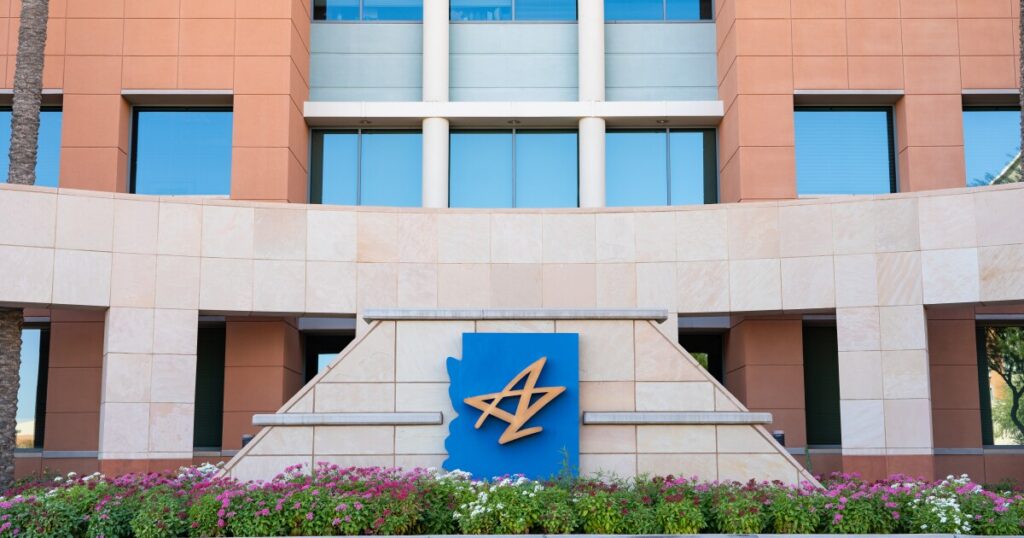“We live in an age of instant gratification, and instead of being compared to other financial institutions, you’re being compared to companies like Amazon, Apple, Google and Facebook,” said Sandeep Uttra, chief technology officer at OneAZ.
OneAZ Credit Union in Arizona is considering implementing blockchain technology developed by San Francisco-based distributed ledger technology company Metallicas.
The partnership between Metallicus and the $3.4 billion-asset OneAZ was announced June 11. Metallicus has partnered with multiple credit unions since announcing its Metal Blockchain Banking Innovation Program in January, “leveraging its relationships with former banking executives and members of the Federal Reserve Board of Governors,” it said in an emailed statement to American Banker.
Many credit unions have been exploring new technologies to better serve the needs of consumers, especially small businesses. For years, financial institutions have been toying with the idea of using cryptocurrency, blockchain, for services such as cross-border payments, accessible account opening, treasury management and transaction processing.
In recent years, financial institutions have shown greater confidence in the capabilities of distributed ledgers.
Sandeep Uthra, executive vice president and chief technology officer at OneAZ and a member of Metal Blockchain’s advisory board, will work closely with Metalicus to ensure the system is technically sound before the integration.
Uttra said credit unions are increasingly required to keep up with the “digital transformation” of financial services and “offer the entire banking ecosystem to consumers in a secure way.”
“We live in an age of instant gratification, and instead of being compared to other financial institutions, you’re being compared to companies like Amazon, Apple, Google and Facebook.”
Uttra was not able to comment at this time on the licensing fees OneAZ paid to integrate Metalicus’ technology, but added that credit unions are likely to get the highest return on investment from improved member experience, which should lead to customer retention and cross-sales.
In its current form, distributed ledger technology works as a decentralized system in which individual nodes host a shared, immutable database. Each node is accessed with an encrypted key, ensuring information cannot be manipulated. For credit unions, this can reduce technology and transmission costs, improve data security and act as an intermediary in transactions, said Michael Katz, a fintech adviser at Maney Financial Services Group.
Metallicus is working with OneAZ to develop a Layer 1 protocol on top of a Layer 0 blockchain, giving credit unions control of customized nodes.
But like OneAZ, most of the credit unions with distributed ledger partnerships are still in the preliminary research stages of implementation. OneAZ plans to integrate these systems into existing infrastructure rather than completely replace existing credit unions’ technology, Uthra added.
Katz said that as OneAZ and other credit unions expand their adoption of blockchain technology, it will dramatically improve ease of use for consumers.
“There’s a lot of potential in data verifiability, using zero-knowledge proof technology to verify data and financial data while maintaining privacy,” Katz said. “Integrating traditional institutions into the ecosystem will accelerate the development of more consumer-friendly, UX-friendly products.”
Katz also said that while some blockchain technologies, such as cryptocurrencies, have faced regulatory crackdowns, distributed ledger technology in financial institutions could alleviate concerns about “transparency and immutability.”
Metallicus said it expects to have more than 30 institutions join the Metal Blockchain program by the end of the year, and Uttra said OneAZ wants to stay ahead of the curve on this new technology.
“Credit unions are making great strides to transform their banking technology landscape, often much faster than banks,” Uttra said. “Simplicity and speed to meet members’ needs are key.”

